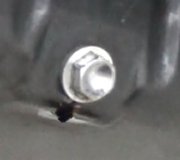A computer system is used to help choose which engine will be more efficient at any given time. In most cases the electric motor will start the vehicle in motion, while the gasoline engine will pick up the load at higher speeds. While in braking mode, the electric motor transforms into a charging device which is used to charge the battery system. The steering system is powered electrically unlike most conventional vehicles which utilize a pump powered by the engine.
Step 1 - Contrary to popular belief, a hybrid drive-train is similar to a conventional vehicle, in fact, the internal combustion engine portion of the vehicle is almost exactly the same. The transmission of a hybrid vehicle is where the difference lies via the electric motor intergraded into its inner workings.
Step 2 - One of the main differences between a
conventional engine and a hybrid gasoline engine is the absence of a serpentine
belt to drive accessories usually handled by the gasoline engine.
Step 3 - Because the hybrid engine needs coolant
to circulate to cool, an electric water pump has been designed to operate on electric
power.
Step 4 - The air conditioner has been traditionally
powered by the engine which has been replaced by an electrically driven pump which
operates while the gasoline engine is not running.
Step 5 - Hybrid engines utilize an electronic throttle
control which is controlled by the computer similar to conventional vehicles.
Step 6 - An electric motor intergraded into the
transmission serves to propel the vehicle while in electric mode. This motor also
acts as the combustion engine starter and charger much like the alternator of a
conventional car.
Our certified technicians are ready to answer hybrid
engine questions for free. We hope you saved money and learned from this guide.
We are creating a full set of car repair guides. Please
subscribe to our 2CarPros YouTube
channel and check back often for new videos which are uploaded regularly.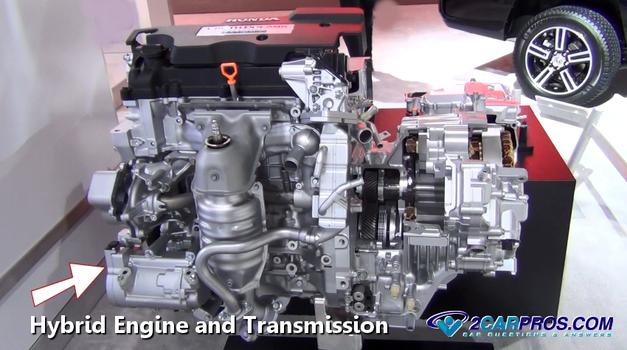
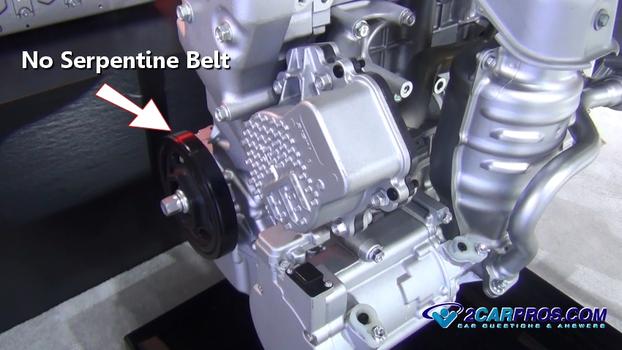
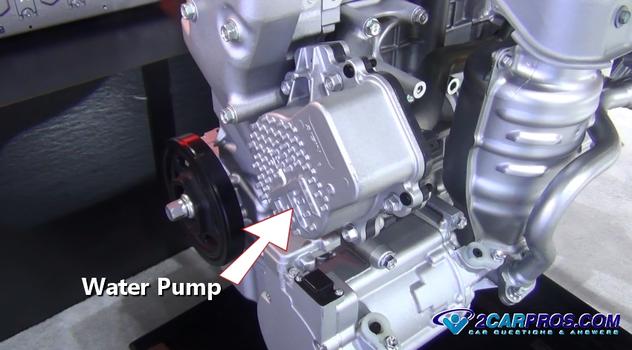
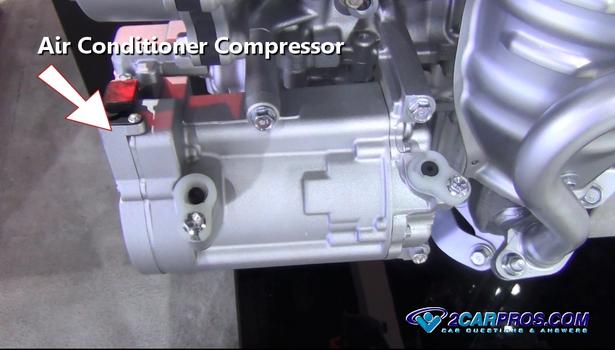
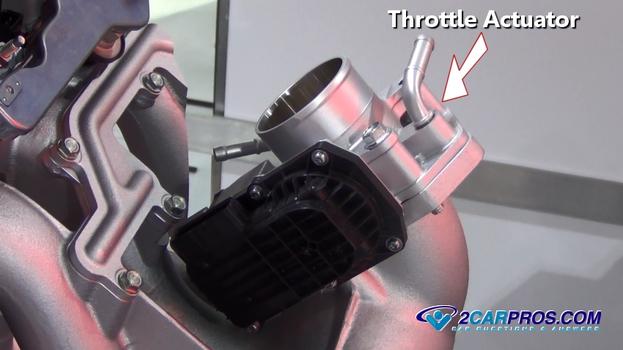
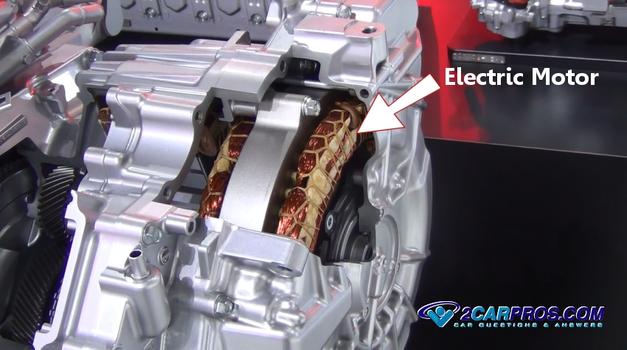
Questions?


